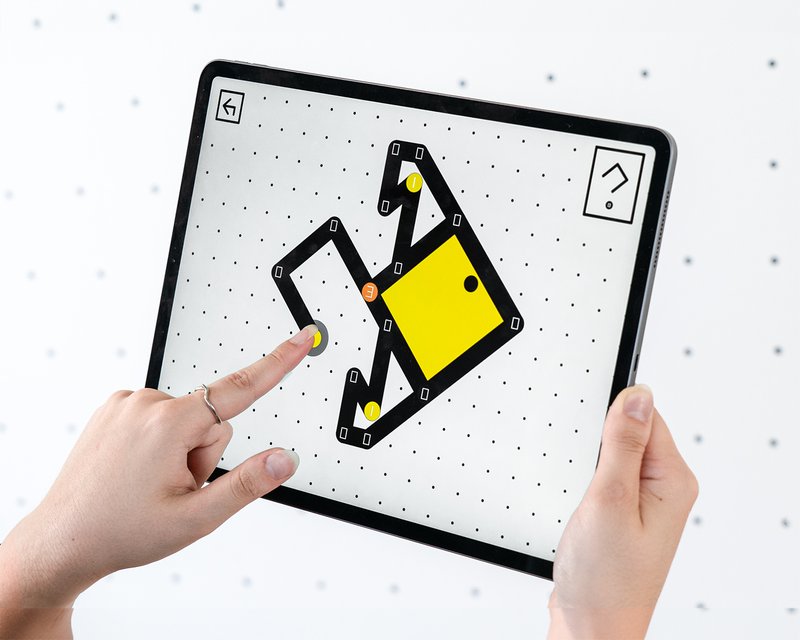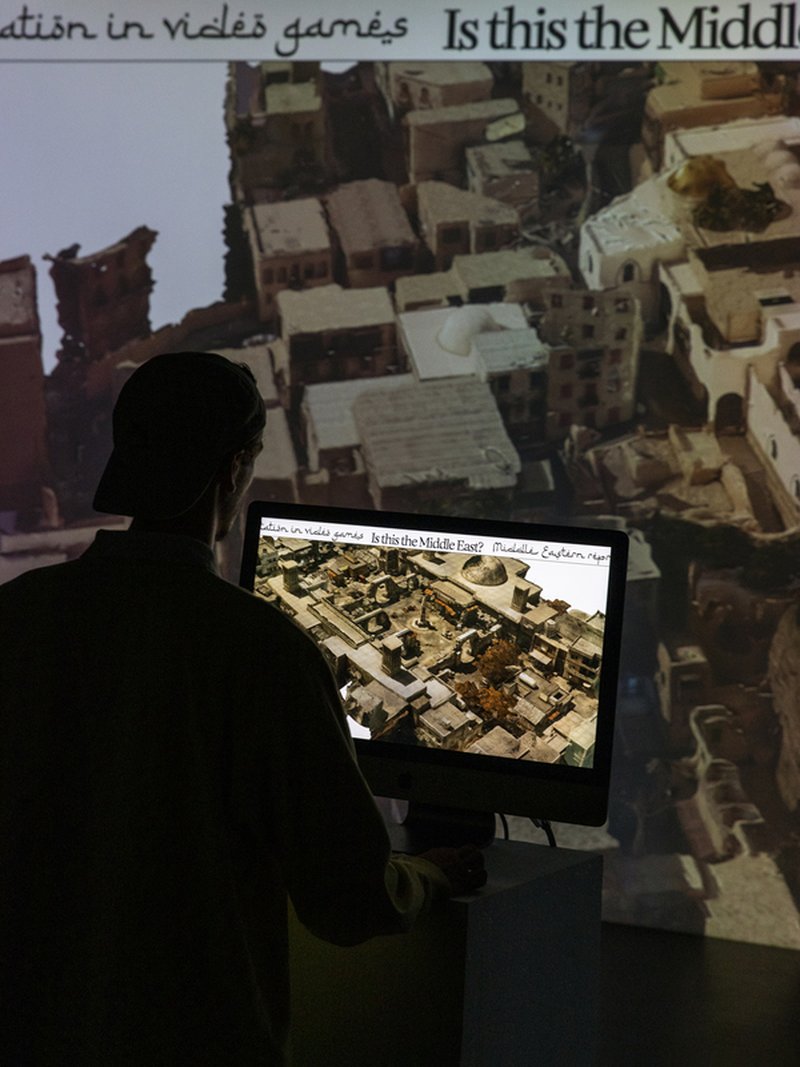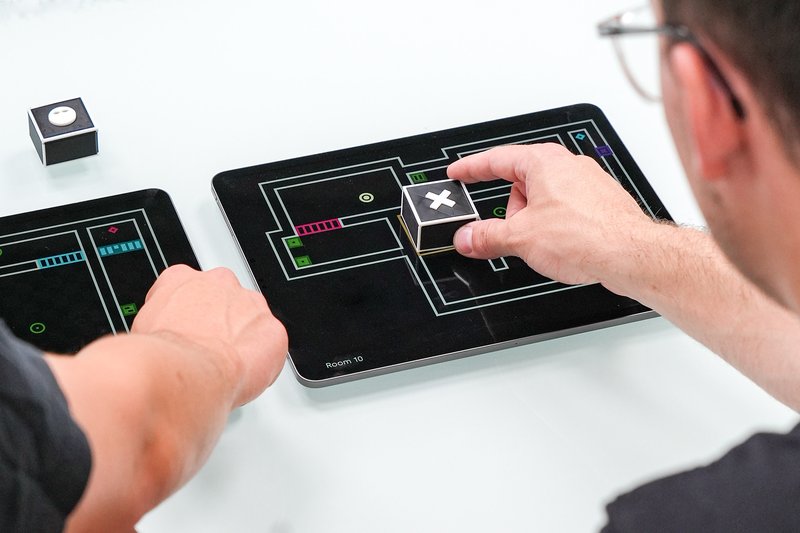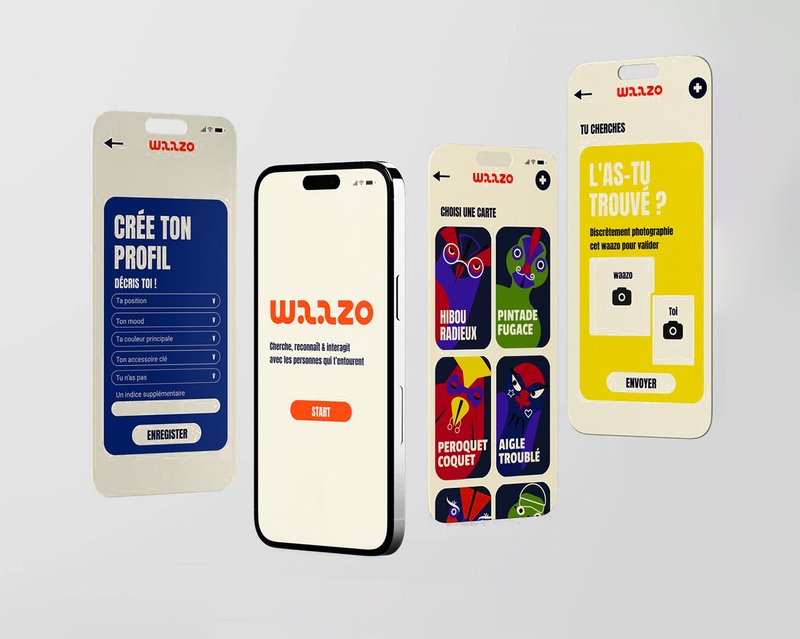
BA MEDIA & INTERACTION DESIGN
Lily Rose Hold – Dotto
by Lily Rose Hold
Dotto is a digital puzzle game that draws inspiration from classic dot-to-dot games. It combines connecting dots with the satisfaction of creating vector graphics. As you navigate through the collection of puzzles, you embark on a journey of discovery. Each connected dot unveils a part of the underlying artwork, gradually bringing it to life with every connection. A blend of satisfying gameplay and the celebration of vector Illustration, Dotto offers an experience for puzzle enthusiasts and those who love graphic illustration alike.






